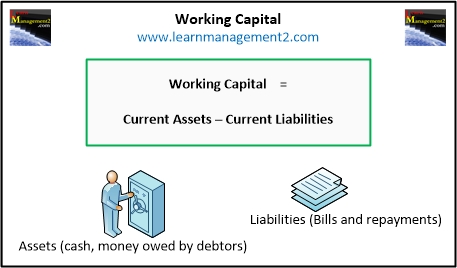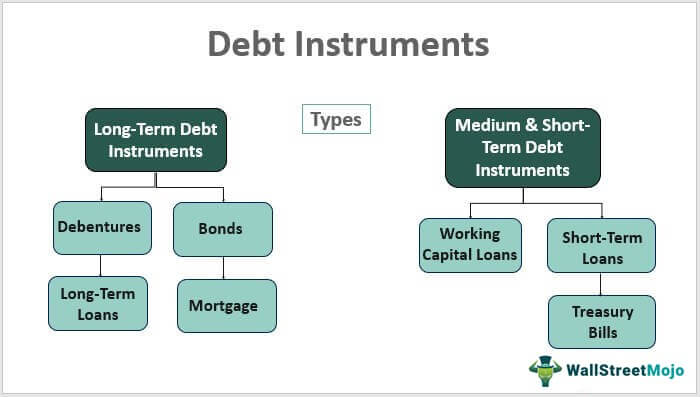Cost Cutting Efficiency Gains In the relentless pursuit of corporate prosperity, the alchemy of achieving cost reduction, implementing efficiency measures, optimizing expenses, and skillfully streamlining costs becomes the crucible in which businesses forge their path to sustainability and growth. This exploration delves into the intricacies of these financial maneuvers, unraveling the dynamics that underpin the delicate balance between fiscal responsibility and operational agility.
The Art of Cost Reduction
Decoding the Ephemeral Dance of Cost Reduction
Cost reduction, a term echoing through boardrooms and financial corridors, is not merely about slashing expenditures with a heavy-handed approach. It is an art, a dance that requires precision, foresight, and a nuanced understanding of the intricate web of operational intricacies.
Entities embark on this journey not to hobble operations but to sculpt a leaner, more resilient organizational structure. In the delicate ballet of business, the aim is to trim excess without sacrificing efficacy, achieving a harmonious balance where financial prudence converges with operational excellence.
The Anatomy of Cost Reduction Strategies
Strategic Procurement: The Tapestry of Financial Alchemy
In the realm of cost reduction, strategic procurement emerges as a potent thread in the tapestry of financial alchemy. It involves not just cutting costs but reimagining the entire procurement process. Negotiating favorable terms with suppliers, embracing bulk purchasing, and exploring alternative sourcing avenues become the strokes of financial craftsmanship.
Entities employing strategic procurement are akin to skilled artisans, molding their supply chains into resilient structures that weather the storms of market fluctuations. It’s not just about spending less but spending wisely, a delicate balance where frugality meets strategic vision.
Technology Integration: The Symphony of Operational Efficiency
Cost reduction isn’t a static endeavor; it’s a dynamic symphony where technology integration takes center stage. Embracing cutting-edge solutions, from automation to data analytics, becomes the crescendo that amplifies operational efficiency.
Entities weaving technology into their operational fabric are akin to modern-day sorcerers, harnessing the power of algorithms and artificial intelligence to unravel inefficiencies. The result is a finely tuned orchestra of processes, where every note contributes to the melody of cost savings.
Process Optimization: The Zen of Operational Harmony
In the pursuit of cost reduction, process optimization becomes the Zen garden where simplicity and efficiency converge. It involves scrutinizing workflows, identifying bottlenecks, and pruning processes to their essence.
Entities that master the art of process optimization are akin to Zen masters, embracing the minimalist philosophy where every operation serves a purpose. The mantra is not just about doing more with less but doing precisely what is necessary, cultivating a garden of operational harmony.
Efficiency Measures: A Symphony of Operational Excellence
Unraveling the Symphony of Efficiency Measures
Efficiency measures form the backbone of operational excellence, a symphony where every instrument plays a crucial role in the creation of a harmonious business ecosystem. It’s not just about doing things; it’s about doing them with precision, minimizing waste, and maximizing output.
Employee Training and Development: The Cultivation of Human Capital
In the symphony of efficiency, the cultivation of human capital through employee training and development becomes a resonant note. It’s not merely a cost; it’s an investment in the orchestra of skills that propel the organization forward.
Entities fostering a culture of continuous learning are akin to music conductors, refining the skills of their ensemble to create a crescendo of proficiency. The result is a workforce that not only adapts to change but thrives in the face of evolving challenges.
Lean Management Principles: The Ballet of Operational Agility
Efficiency measures often find expression in the ballet of lean management principles. It’s a dance that rejects excess, embraces simplicity, and values continuous improvement. Like a well-choreographed performance, lean management principles ensure that each movement contributes to the overall efficiency of the organizational dance.
Entities embracing lean management are akin to agile dancers, adapting to the tempo of market demands with grace and precision. The result is a streamlined organization where resources are allocated with surgical precision, maximizing impact while minimizing waste.
Quality Control: The Maestro’s Baton in Operational Harmony
In the symphony of efficiency, quality control is the maestro’s baton, ensuring that every note resonates with precision. It’s not just about producing more; it’s about producing better. Quality becomes the hallmark of operational excellence, a standard that permeates every facet of the organizational performance.
Entities that prioritize quality control are akin to maestros, conducting a performance where each product and service attains a level of excellence that distinguishes the organization in the marketplace. The result is not just efficiency; it’s a symphony of customer satisfaction and loyalty.
Expense Optimization: Crafting Financial Resilience
Crafting Financial Resilience through Expense Optimization
Expense optimization transcends mere cost cutting; it’s the crafting of financial resilience in the face of economic uncertainties. It involves a strategic approach to expenditure, ensuring that every financial decision contributes to the overarching goal of sustainability.
Strategic Budgeting: The Blueprint of Financial Prudence
In the realm of expense optimization, strategic budgeting becomes the blueprint of financial prudence. It’s not about constraining resources but about allocating them judiciously, aligning expenditures with organizational goals.
Entities employing strategic budgeting are akin to architects, designing a financial structure that withstands the tests of time. The result is not just a balanced budget; it’s a financial fortress that shields the organization from the caprices of economic turbulence.
Energy Efficiency Initiatives: The Eco-Friendly Symphony
Expense optimization extends beyond the ledger to embrace sustainability, and energy efficiency initiatives become the eco-friendly symphony within this financial orchestra. It involves not just cutting energy costs but fostering a culture of environmental responsibility.
Entities championing energy efficiency are akin to ecological stewards, ensuring that every kilowatt saved is a contribution to both financial health and environmental well-being. The result is not just expense optimization; it’s a commitment to a greener, more sustainable future.
Outsourcing Strategies: The Art of Strategic Delegation
In the ballet of expense optimization, outsourcing strategies emerge as a strategic delegation of tasks. It’s not about offloading responsibilities but about tapping into specialized expertise, streamlining operations, and enhancing efficiency.
Entities adept at outsourcing are akin to strategic choreographers, orchestrating a dance where external partners seamlessly integrate with internal operations. The result is not just cost savings; it’s a strategic leveraging of external capabilities to augment organizational prowess.
Streamlining Costs: The Synchronization of Fiscal Elements
Synchronizing Fiscal Elements through Streamlining Costs
Streamlining costs is the synchronization of fiscal elements, a holistic approach that transcends individual strategies to create a seamless financial narrative. It’s the culmination of cost reduction, efficiency measures, and expense optimization, orchestrated into a symphony of fiscal harmony.
Technology-Driven Analytics: The Conductor’s Baton of Financial Precision
In the orchestration of streamlining costs, technology-driven analytics becomes the conductor’s baton of financial precision. It involves leveraging data to gain insights, identify inefficiencies, and make informed decisions that resonate with financial acumen.
Entities harnessing technology-driven analytics are akin to financial conductors, leading an ensemble where every decision is guided by the clarity of data-driven insights. The result is not just streamlined costs; it’s a continuous refinement of fiscal strategies informed by real-time intelligence.
Continuous Improvement Culture: The Heartbeat of Fiscal Evolution
The heartbeat of streamlining costs lies in a continuous improvement culture. It’s not a one-time endeavor but a commitment to perpetual evolution. It involves fostering an organizational ethos where every member contributes to the ongoing refinement of fiscal strategies.
Entities nurturing a culture of continuous improvement are akin to evolutionary pioneers, adapting to changing landscapes with resilience and foresight. The result is not just streamlined costs; it’s a dynamic organization that evolves in synchrony with the ever-shifting currents of the business environment.
Consequence : Cost Cutting Efficiency Gains
In the grand symphony of corporate prosperity, the alchemy of cost reduction, efficiency measures, expense optimization, and streamlining costs is an ongoing composition. It’s not a static endeavor but a dynamic dance where businesses continuously refine their financial strategies to navigate the ever-evolving landscapes of the economic stage.
As businesses embrace the nuances of this financial symphony, they position themselves not just for immediate gains but for sustained growth and resilience. The result is not merely financial prudence; it’s the creation of an enduring symphony where each note contributes to the melody of corporate prosperity.




